Flower Meanings
Allium
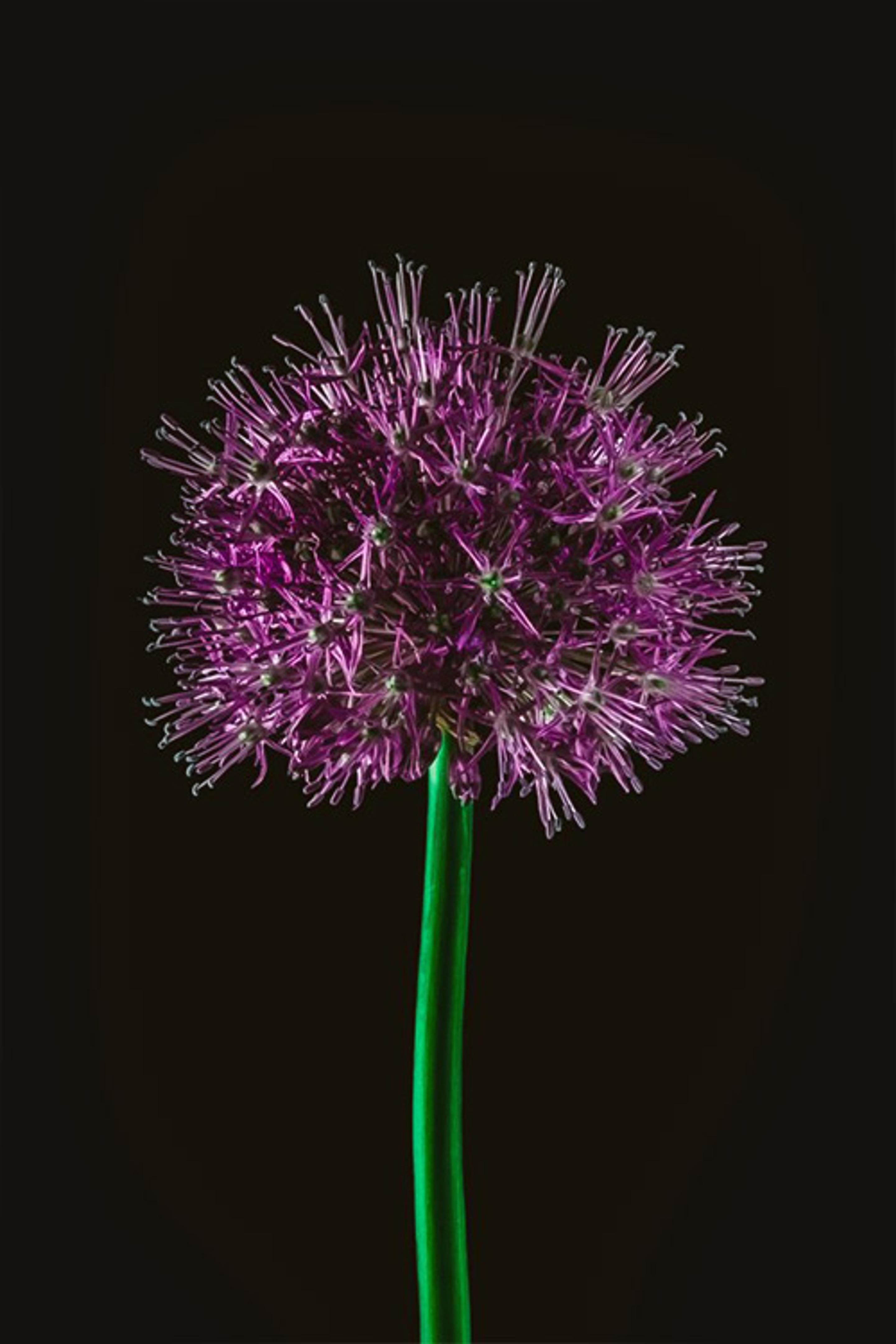

The Meaning of Allium
Alliums are perennial plants of the Amaryllidaceae family containing over 800 species. The allium bloom is native to the Northern Hemisphere and is widely popular all over the world because of its unique, beautiful appearance—no surprise there.
Allium has many symbolic meanings including,
- Unity
- Humility
- Patience
- Good Fortune
- Prosperity
- Beauty
Let’s dig into these a little more.
Unity: Clusters of Allium usually begin as one bulb—eventually producing clusters of beautiful blooms spouting from numerous stalks. Although they appear large in numbers, they all most likely came from a single origin. Pretty nifty.
A popular gift to newly married couples, allium is known for its ability to grow beautifully with little to no complications or difficulties. This has given allium the reputation of unity between two people. Pro Tip: Allium is the perfect gift for a friend, spouse, or family member you trust.
Humility: Allium is a popular symbol of humility due to its more subdued color (in comparison to other flowers), and its unique round shape. A nice little reminder that just like us, flowers come in all shapes, sizes, and colors.
Patience: Allium takes time to grow—which makes the appearance of their blooms all the more sweet. Allium is also known to bloom in pretty random places, Mount Everest being one of them (yes, you read that right, Mount Everest). Talk about thriving in unexpected places!
Good Fortune: Allium is not only attractive to us, but to bees, butterflies, and other insects due to its beautiful appearance and appears best when carefully planted in a group.
Prosperity: As a result of its beauty and ability to multiply, allium represents prosperity and abundance.
Beauty: This one is pretty obvious. Allium is the perfect bloom to gift someone you find beautiful and attractive. [2]
What Does Allium Smell Like?
As a cousin to the onion, allium can sometimes give off an onion or garlic scent if the foliage is damaged—which means, yes, they’re perfect for warding off vampires..and the common backyard deer. [9]
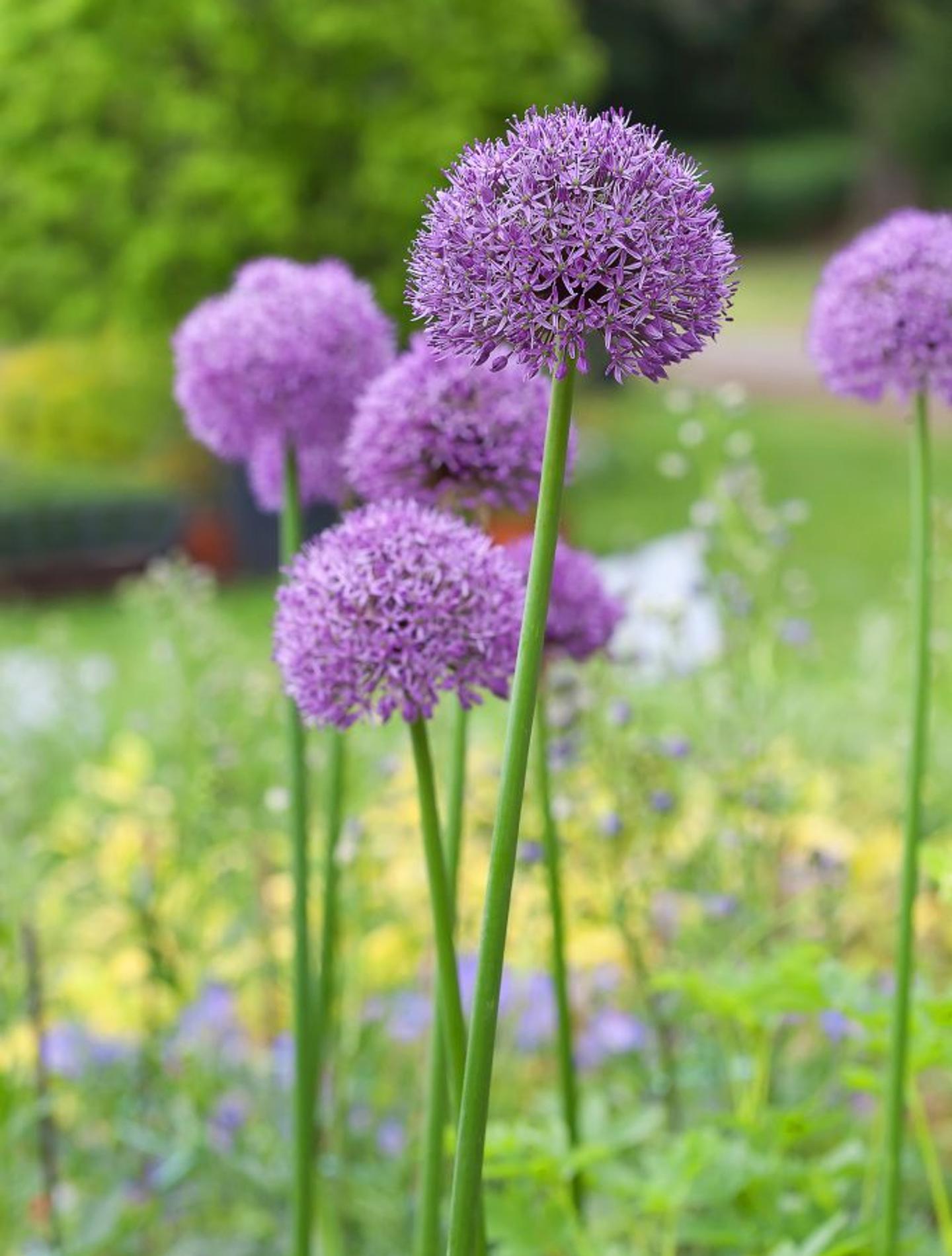
"A garden is not a place. It’s a journey. "
Monty Don
The History of Allium
The history of alliums go way back to the Roman Empire.
The Romans used the word “allium” to refer to garlic, but it has become the family name for all onion crops, including chives and leeks. [3]
The allium family, in general, includes an enormous collection of plants like leeks, onions, elephant garlic, and shallots. With more than 200 species and thousands of cultivars, allium flowers are found all over the Northern Hemisphere including, North America, the Middle East, western China, the Pyrenees, the Alps, and the Mediterranean. [4]
Onions, a member of the allium family, are among the world’s oldest cultivated plants. They were most likely known in India, China, and the Middle East well before recorded history. Ancient Egyptians regarded these bulbs as a symbol of the universe. Used extensively by ancient Egyptians, many of their drawings and inscriptions on their monuments displayed these veggie-blooms. The popular use of alliums as ornamental plants is a more recent phenomenon, first gaining favor around the mid-19th century. [5]
DID YOU KNOW - Allium Fun Fact
The flower heads of alliums can be dried and used for cut flower arrangements. As they do not repeat bloom, you can leave the flower head on the plant to dry before cutting. [6]
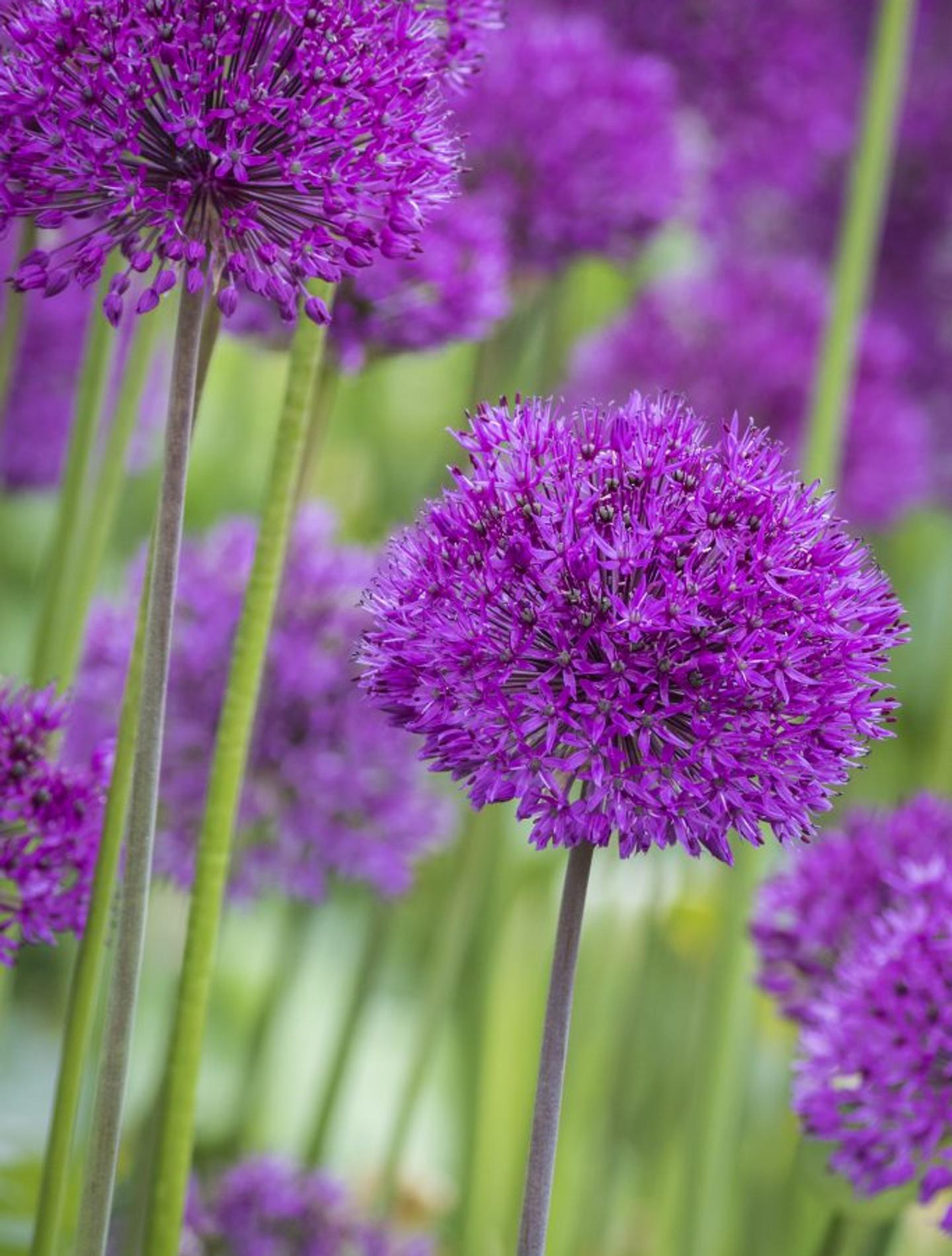
How to Grow Allium
These blooms are all about the drama. If you’re looking for a way to spice up your garden in a big way this season, these tips are for you.
Like most bulbs, allium needs a cold period to develop roots and prep for spring. Once you feel that first fall bite in the air, it’s time to put your gardening gloves on and get to work.
When planting your bulbs, avoid overwatering and soggy soil as this is bound to cause root rot right out of the gate—and we know no one wants that.
Pro Tip: Add organic material such as peat, bark, or manure to protect your bulbs from unexpected soggy soil.
Alliums need a lot of light to grow, so be sure you choose a planting area that receives full sun.
Plant your alliums deep enough that they won’t be affected by temperature variations above ground.
Dig a hole three times as deep as the bulb is high, and place the bulb at the bottom with the pointy end up. If you’re planting multiple bulbs, be sure to plant them 6-8 inches apart so they are not fighting for nutrients.
Water your bulbs well immediately after planting and wait for the winter season to work its magic. Once spring hits, you can sit back and watch all of your hard work come to life!
During their blooming season, you usually don’t have to worry about watering allium unless there hasn’t been any rain in 3-5 days. Once they’ve finished blooming, don’t cut your allium’s foliage back right away. After a few weeks, the foliage will turn yellow and die back on its own. Once this has occurred, you’re safe to cut off any dead foliage.
DID YOU KNOW - Allium Fun Fact
The color range of allium flowers is vast, ranging from deep purple and blues to whites and greens. [6]
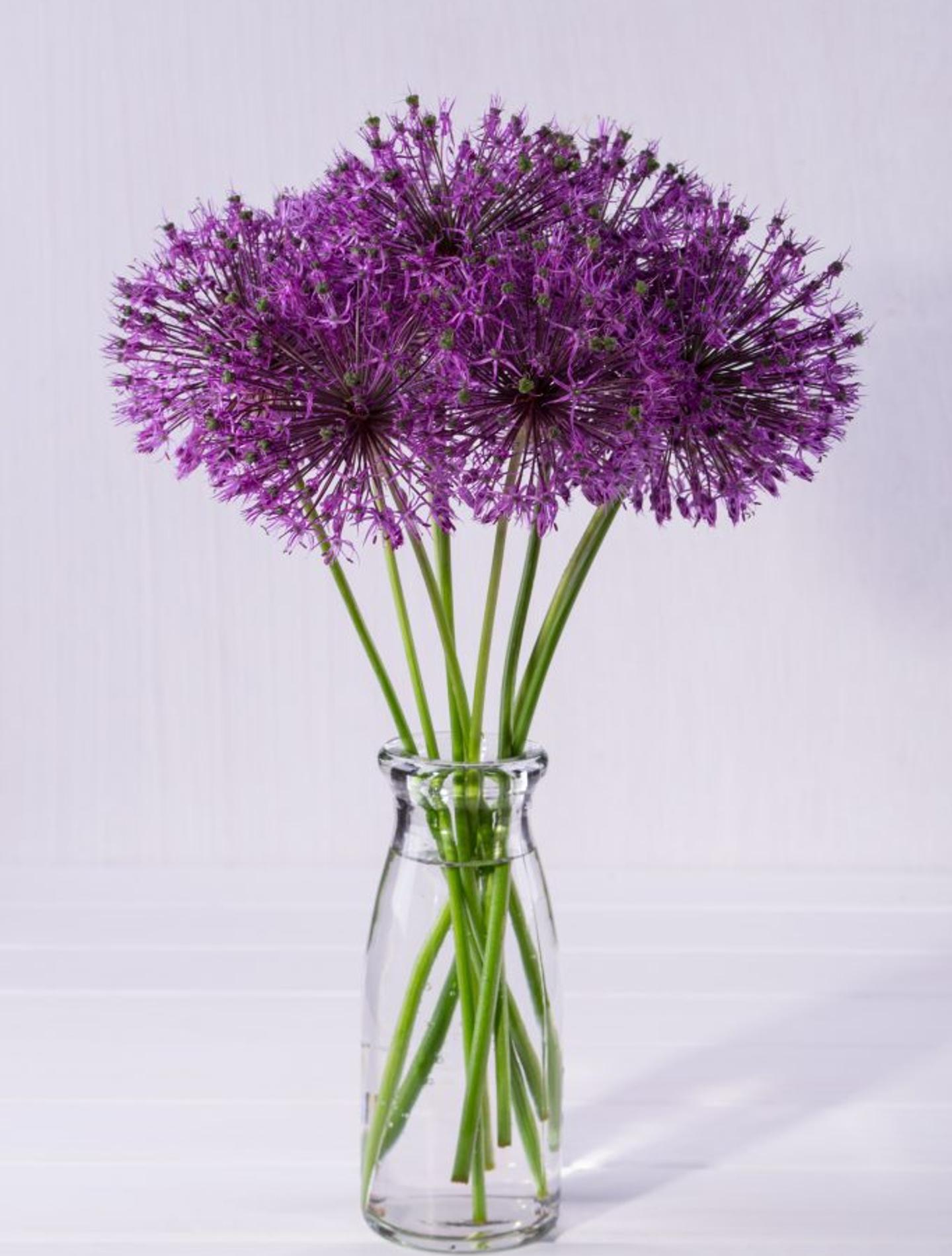
How to Care for Allium
Whether you’re growing allium in your home garden or you picked up some fresh blooms from your local florist and want to make sure they last as long as possible, we’ve got some tips for you.
Keep your cut allium in fresh, clean water. Recut your stems every couple of days with a sharp knife or razor to avoid crushing the stems.
Pro Tip: When recutting the stems, be sure to do so over the sink, as the cut ends of some species will exude a clear fluid that, when oxidized, turns to a blood-red color that will permanently stain countertops and floors.
Add a ½ tsp of bleach per quart of vase water to deter bacteria. [8]
Finally, whisper sweet nothings into your allium’s ear…that’s a joke but go for it you want.
When to Give Allium as a Gift
Since allium symbolizes unity, good fortune, prosperity, humility, and patience—these blooms make the perfect gift to wish someone good luck on a new endeavor.

References:
- 1 - gardening design
- 2 - tree symbolism
- 3 - funny how flowers do that
- 4 - harvesting history
- 5 - pesches
- 6 - grimsdyke
- 7 - dutch grown
- 8 - garden guides
- 9 - houzz.com
Flower Meanings — keep discovering
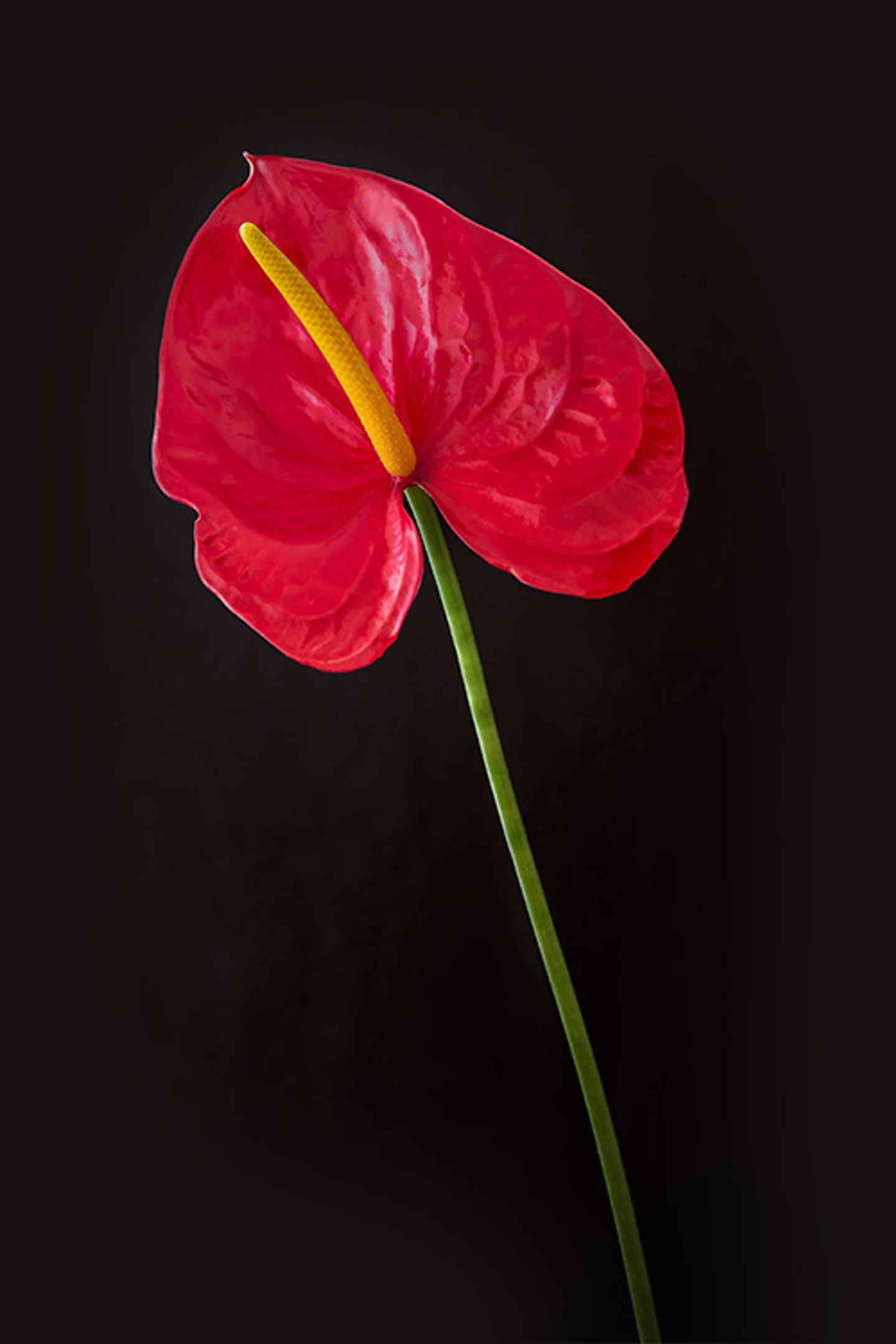
Anthurium
Also known as laceleaf, anthurium is a stunning flowering pant of about 1,000 different species, and the largest genus of the arum family, Araceae. Some other common names of this beautiful bodacious bloom include tailflower and flamingo flower.
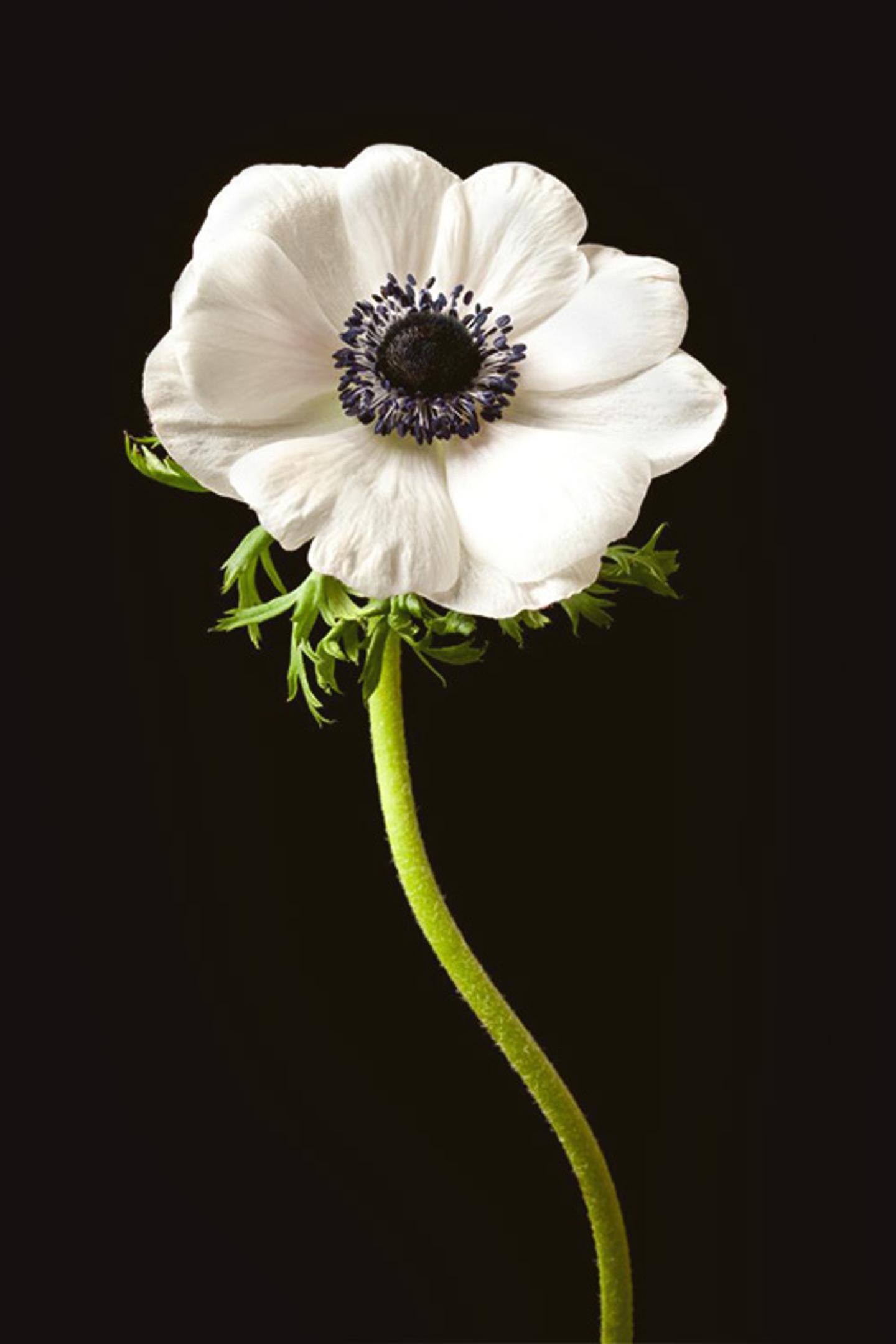
Anemone
No, not the one under the sea! We prefer the one in the garden *wink wink*.
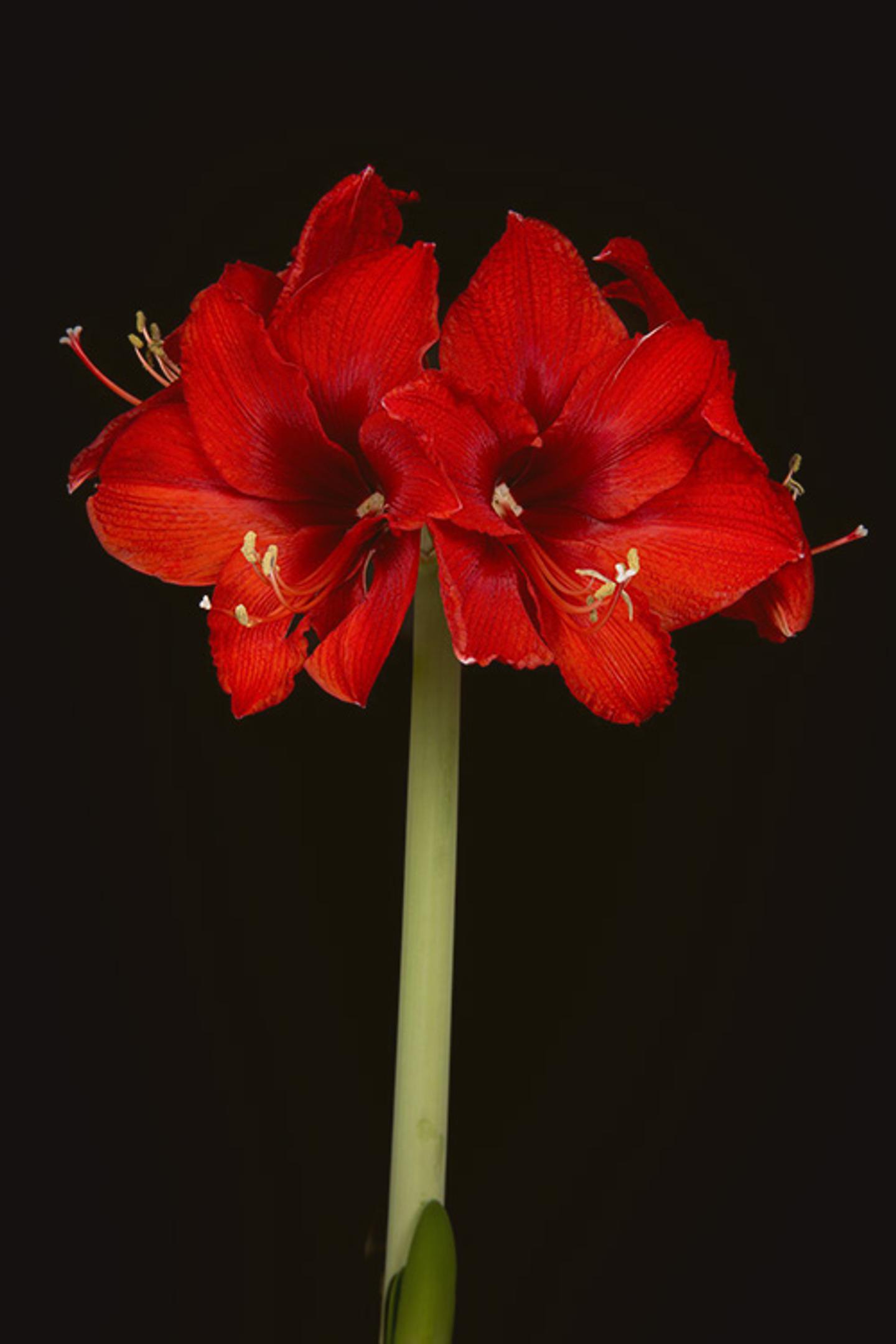
Amaryllis
These big beautiful blooms may be a holiday favorite, but they’re actually derived from a group of tropical plants from Central and South America.

Alstroemeria
The term Inka means “ruler” or “lord” in Quechua, the main language of the Inca Empire. And like the Incas, alstroemeria rules over gardens and bouquets alike, with its incredible colors and tiger-pattern throats.

Anthurium
Also known as laceleaf, anthurium is a stunning flowering pant of about 1,000 different species, and the largest genus of the arum family, Araceae. Some other common names of this beautiful bodacious bloom include tailflower and flamingo flower.

Anemone
No, not the one under the sea! We prefer the one in the garden *wink wink*.

Amaryllis
These big beautiful blooms may be a holiday favorite, but they’re actually derived from a group of tropical plants from Central and South America.

Alstroemeria
The term Inka means “ruler” or “lord” in Quechua, the main language of the Inca Empire. And like the Incas, alstroemeria rules over gardens and bouquets alike, with its incredible colors and tiger-pattern throats.
Ready to send beautiful flowers?
Our guided experience helps you send a one-of-a-kind arrangement perfect for every occasion.
Send Flowers